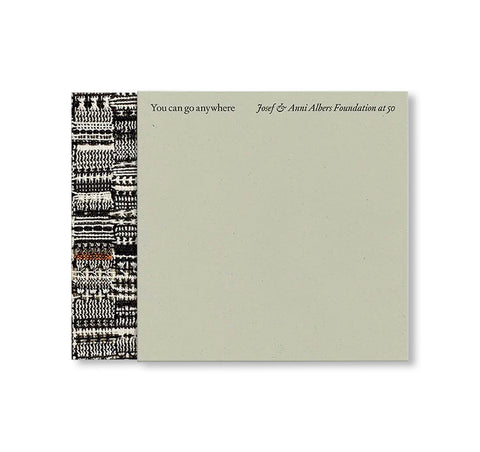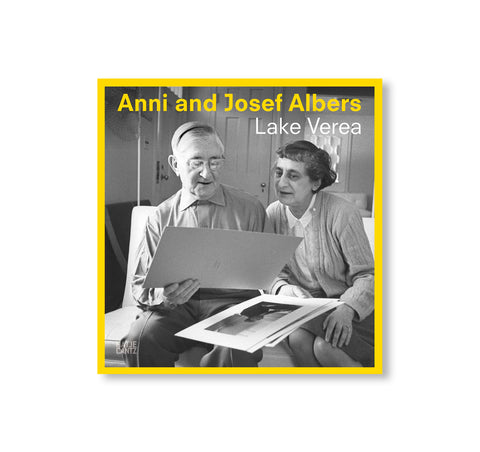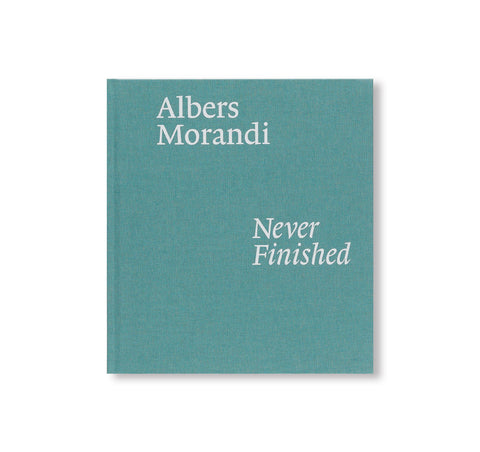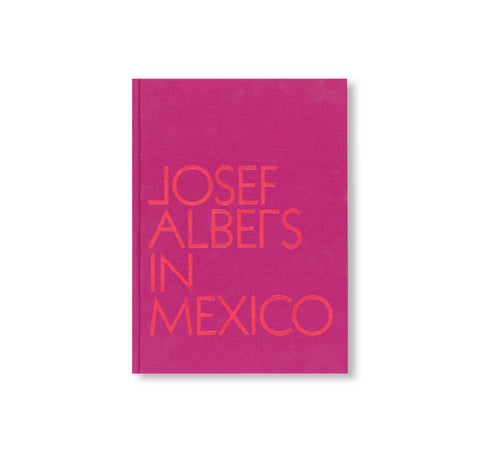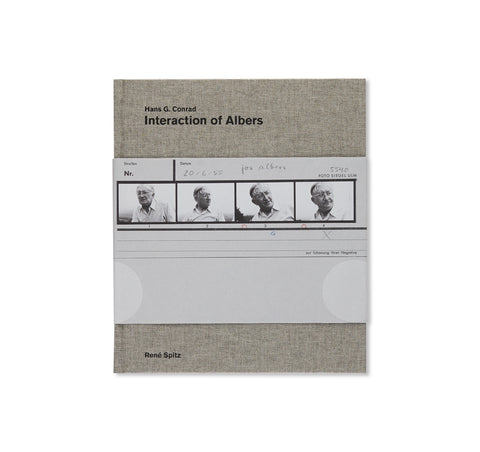ONE AND ONE IS FOUR: THE BAUHAUS PHOTOCOLLAGES OF JOSEF ALBERS by Josef Albers
ドイツ人アーティスト、ヨゼフ・アルバース(Josef Albers)の作品集。作者は、インディペンデントなアーティストであり、そして「バウハウス(Bauhaus)」、「ブラック・マウンテン・カレッジ(Black Mountain College)」、「イェール大学(Yale University)」の教鞭を執る立場として、20世紀のアート界における極めて重要な人物として広く知られている。作者は絵画、ドローイング、プリントを制作する傍ら、家具やタイポグラフィーをもデザインしていた。そんな輝かしいキャリアを持つが、その最も知られていないであろう側面は、実験的な写真作品の扱いである。そのほとんどが死後知られるようになったものであり、1928年から1932年にかけて「バウハウス」で撮った写真を用いた70ほどのフォト・コラージュも含まれる。この作品群は、隣接効果、白・黒・灰色を通した色の探求、手工芸と機械生産の微妙なバランスという、作者が生涯追求し続けてきたテーマを先駆けるものであった。
作者の写真は、「ニューヨーク近代美術館(MoMA)」にて1988年にささやかな展覧会として初めて公開され、その際同美術館がフォト・コラージュ作品2点を購入している。2015年に同館はさらに10点のフォト・コラージュをコレクションに加え、「ジョセフ&アニ・アルバース財団(Josef and Anni Albers Foundation)」外では最もコレクションを有する存在となった。本書は、バウハウスで制作されたフォト・コラージュのそれぞれを再現し、作者の功績の広範さを示す初めての出版物となる。同美術館のキュレーターであるサラ・ハーマンソン・メイスター(Sarah Hermanson Meister)による序文が、作品をモダニズム写真、バウハウスの精神、そして作者自身の活動の文脈に位置付けている。
EXHIBITION:
ジョセフ・アルバースの授業 色と素材の実験室
会期:2023年7月29日(土)- 11月5日(日)
休館日:月曜日(ただし9月18日、10月9日は開館)、9月19日(火)、10月10日(火)
時間: 9:30-17:00
開催場所:DIC川村記念美術館
詳細
※本展は終了いたしました
Josef Albers is widely recognized as a crucial figure in 20th-century art, both as an independent practitioner and as a teacher at the Bauhaus, Black Mountain College and Yale University. Albers made paintings, drawings and prints and designed furniture and typography. Arguably the least familiar aspect of his extraordinary career was his inventive engagement with photography, only widely known after his death, including his production of approximately 70 photocollages that feature photographs he made at the Bauhaus between 1928 and 1932. These works anticipate concerns that he would pursue throughout his career--the effects of adjacency, the exploration of color through white, black and gray, and the delicate balance between handcraft and mechanical production.
Albers’ photographs were first shown at MoMA in a modest exhibition in 1988, when the Museum acquired two photocollages. In 2015 the Museum acquired ten additional photocollages, making its collection the most substantial anywhere outside the Albers Foundation. This publication reproduces each of the photocollages Albers made at the Bauhaus, presenting the scope of this achievement for the first time. An introductory essay by Sarah Hermanson Meister situates them within the contexts of modernist photography, the Bauhaus ethos and of Albers’ own practice.
German-born abstract painter Josef Albers laid the foundations for some of the most important art education programs of the 20th century. In 1936, during his time working at the Black Mountain College in North Carolina, he had his first solo exhibition in New York at J. B. Neumann’s New Art Circle. In 1949, Albers left the college and began his famous Homage to the Square series. He taught at various institutions throughout America, including Yale University, New Haven, where he lectured for eight years. The Museum of Modern Art, New York, organized Albers' traveling exhibition in 1965 and a retrospective of his work was held at the Metropolitan Museum of Art, New York, in 1971. The artist died in 1976.

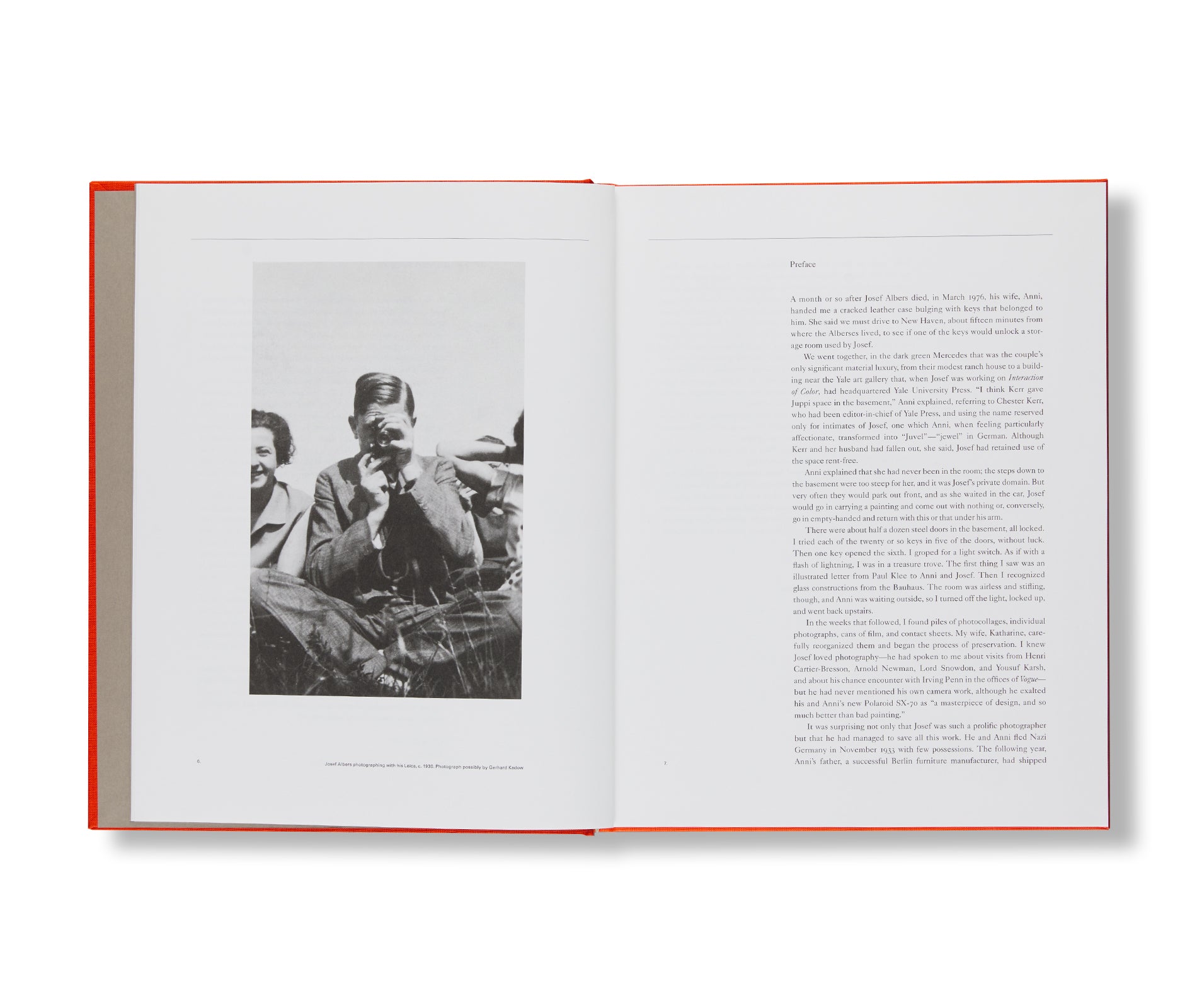

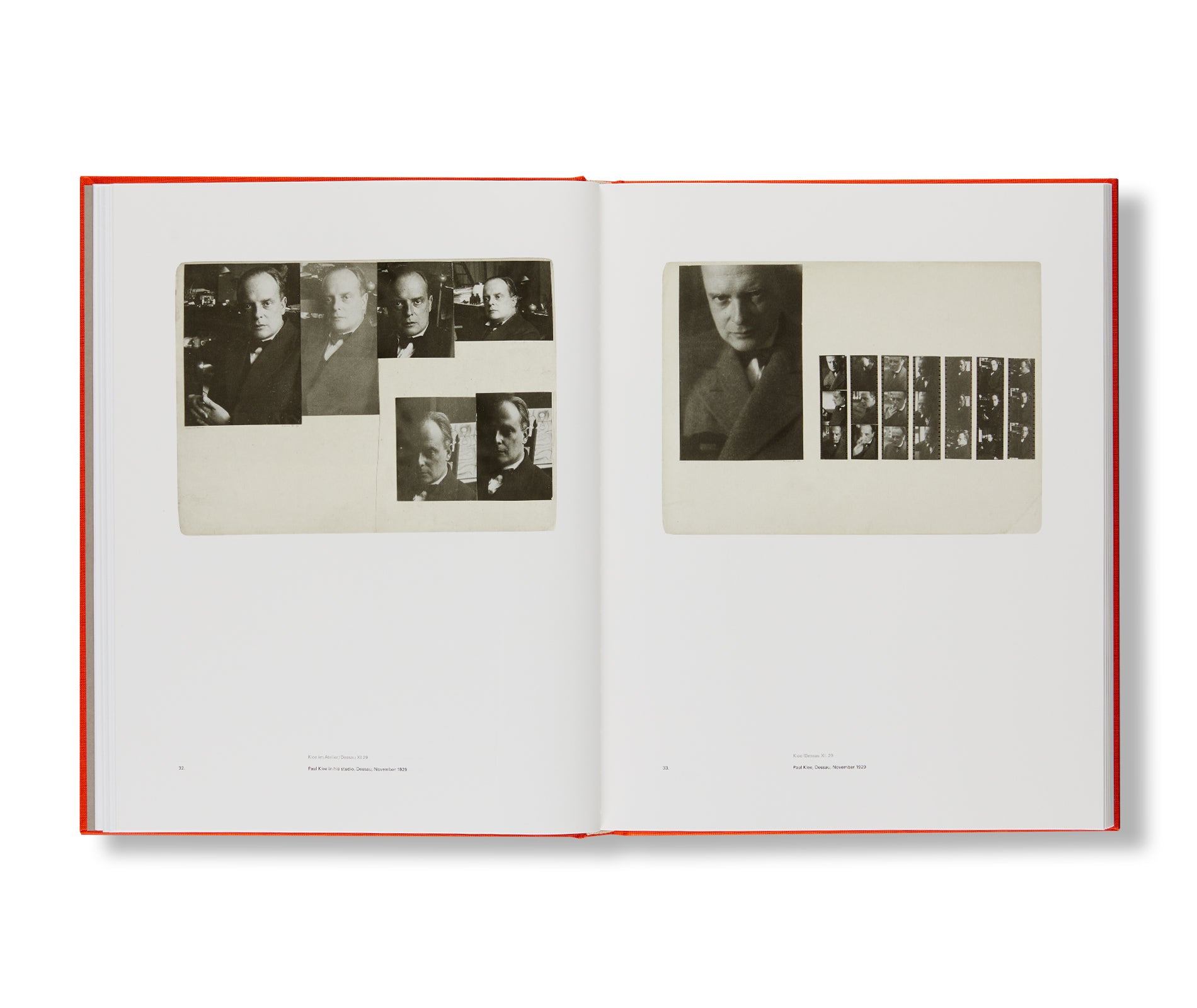
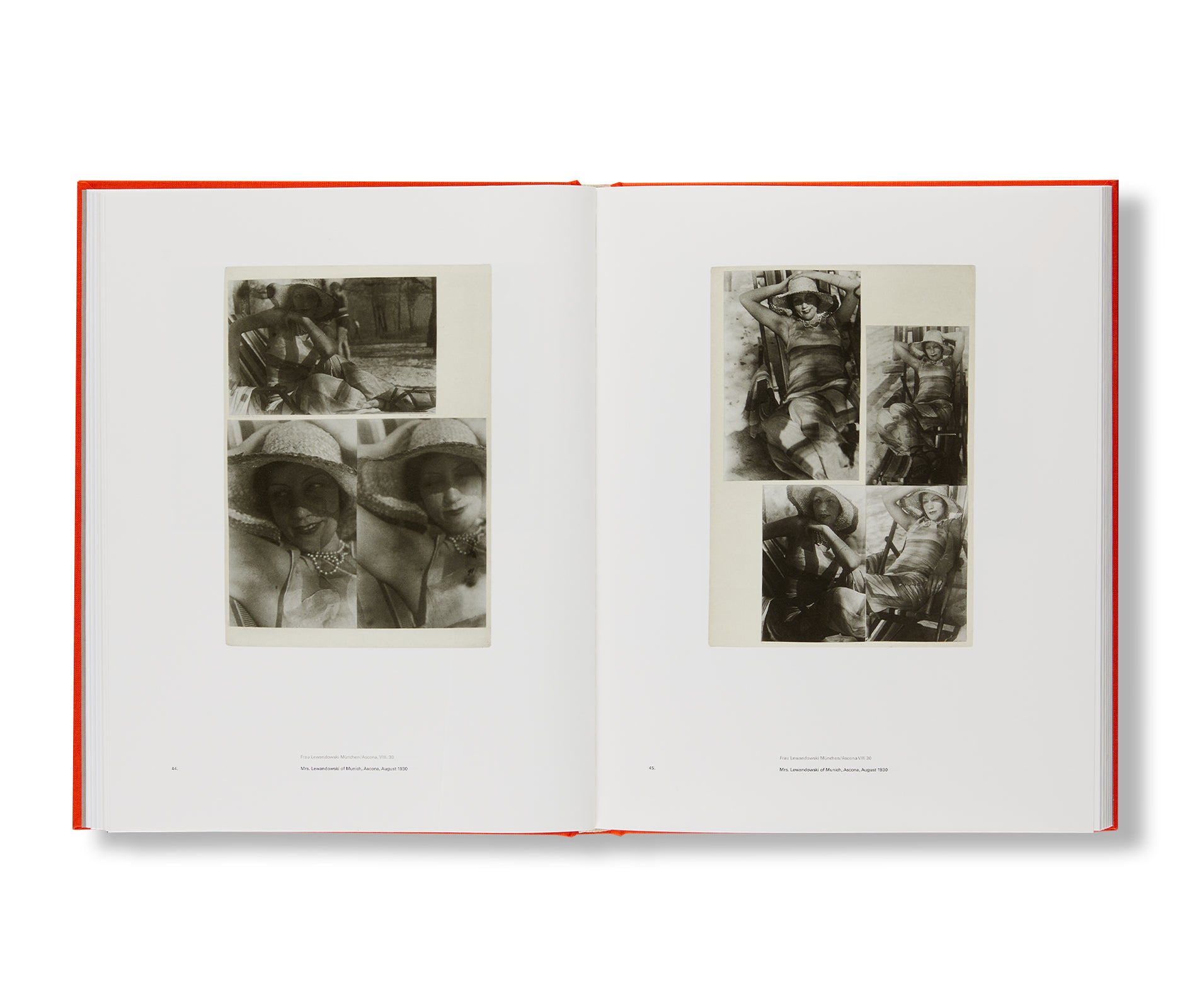
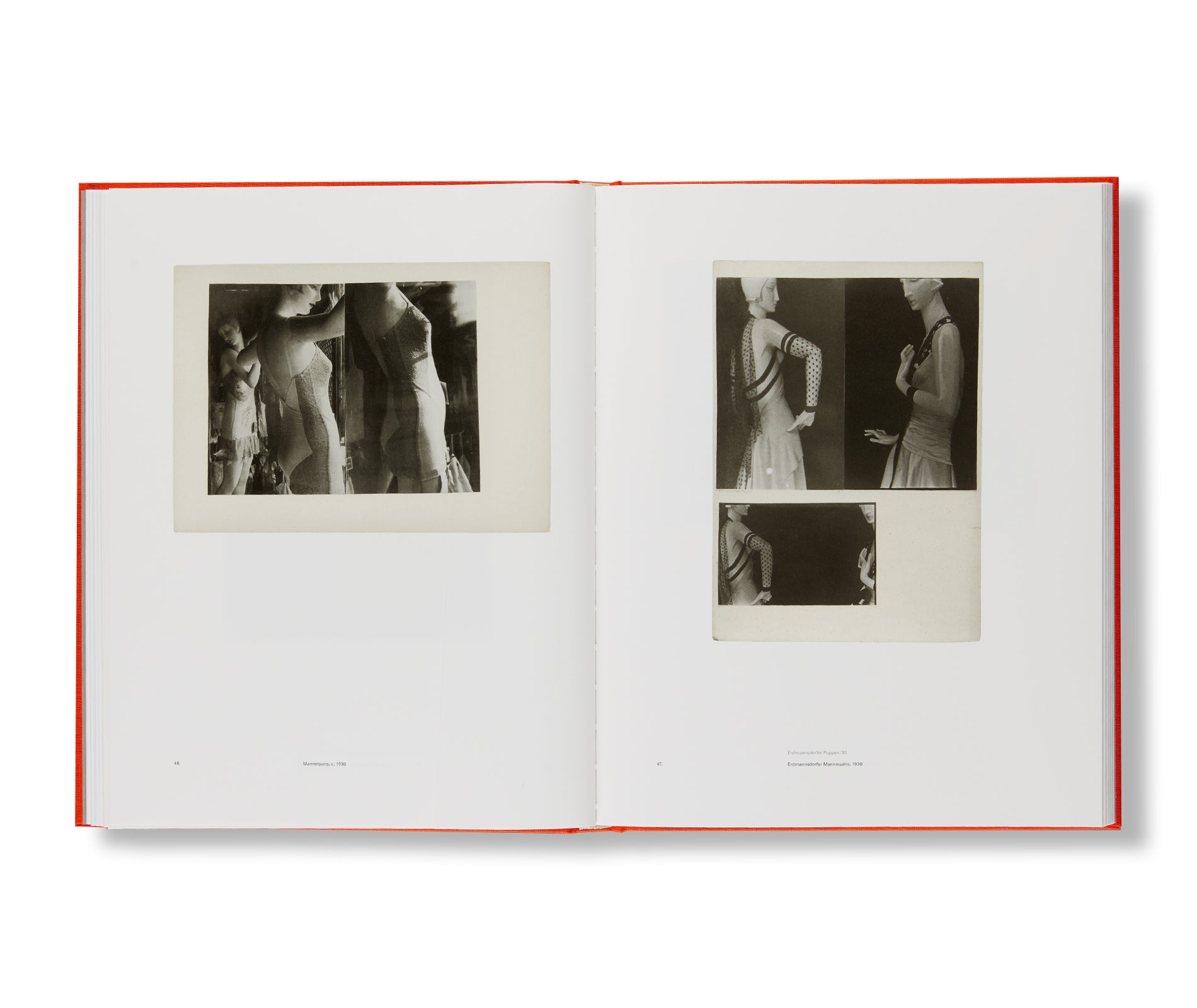
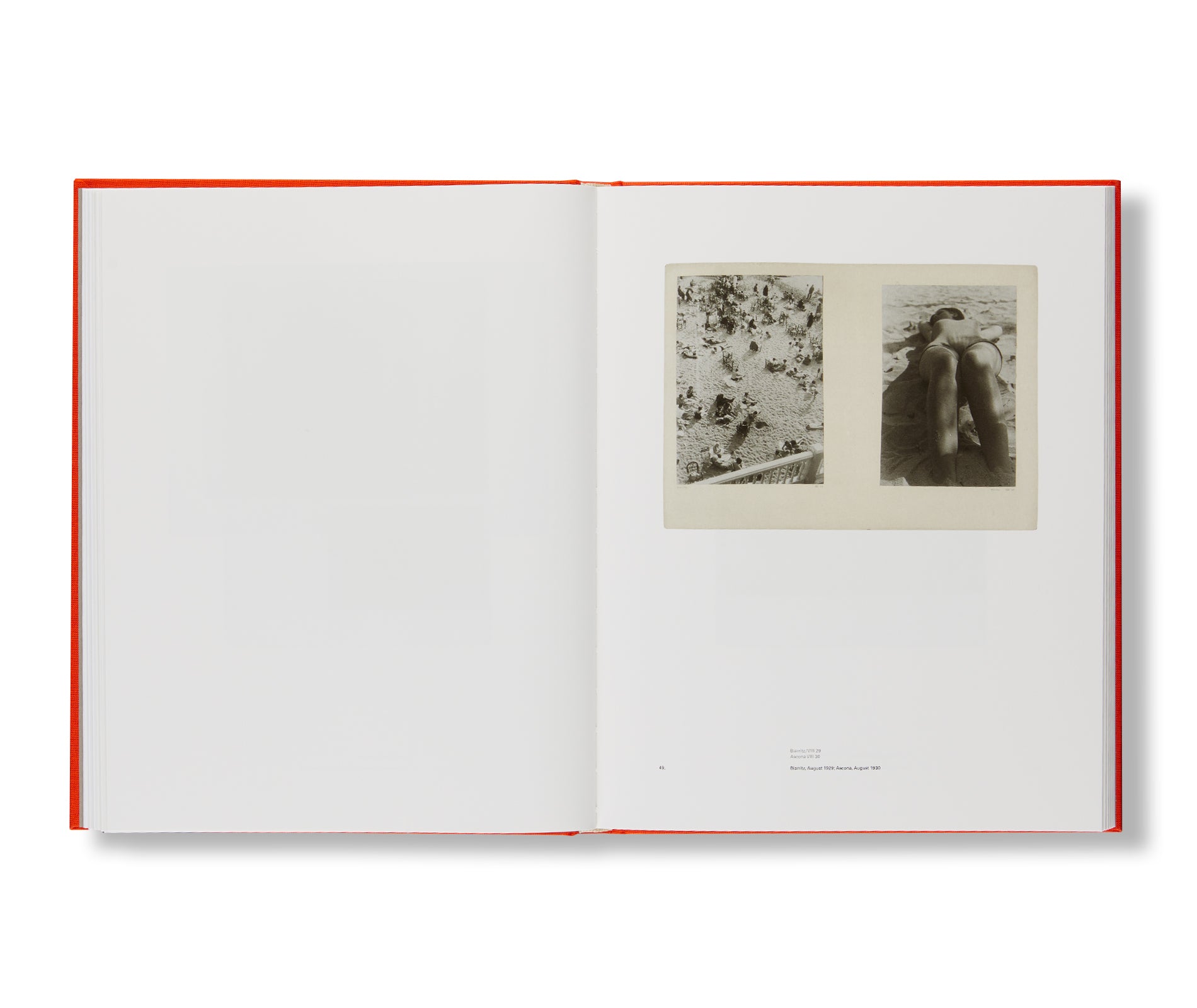
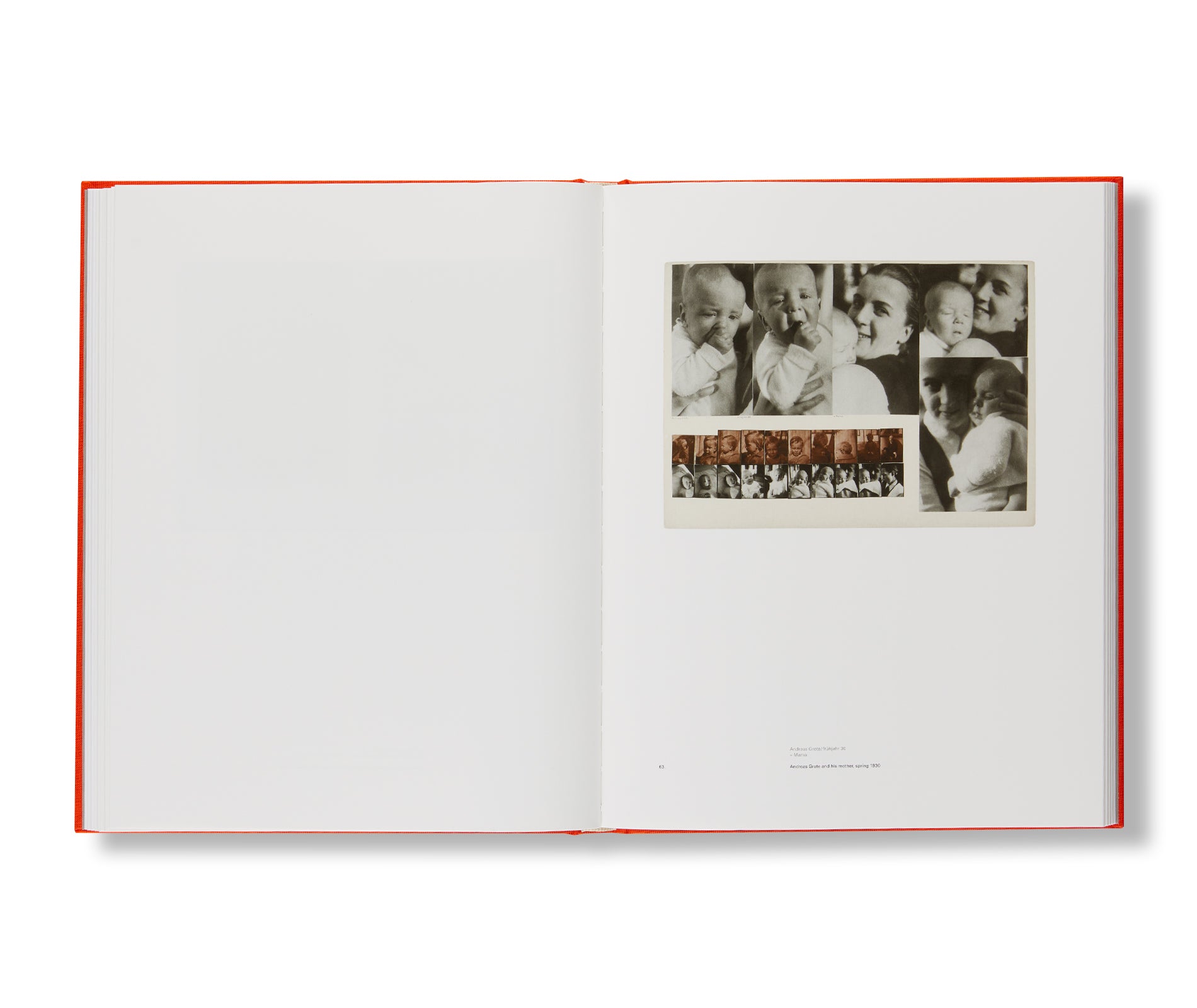
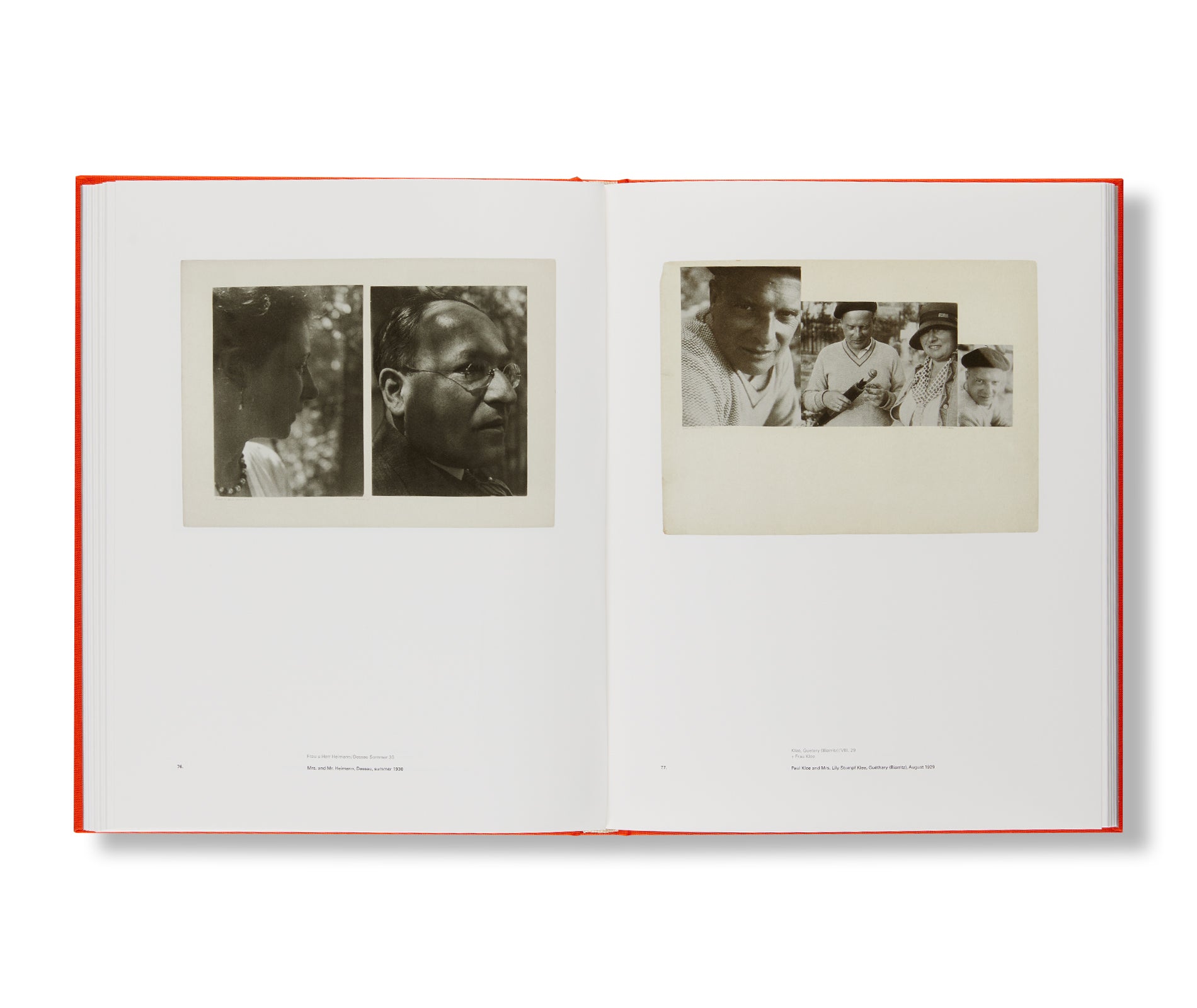
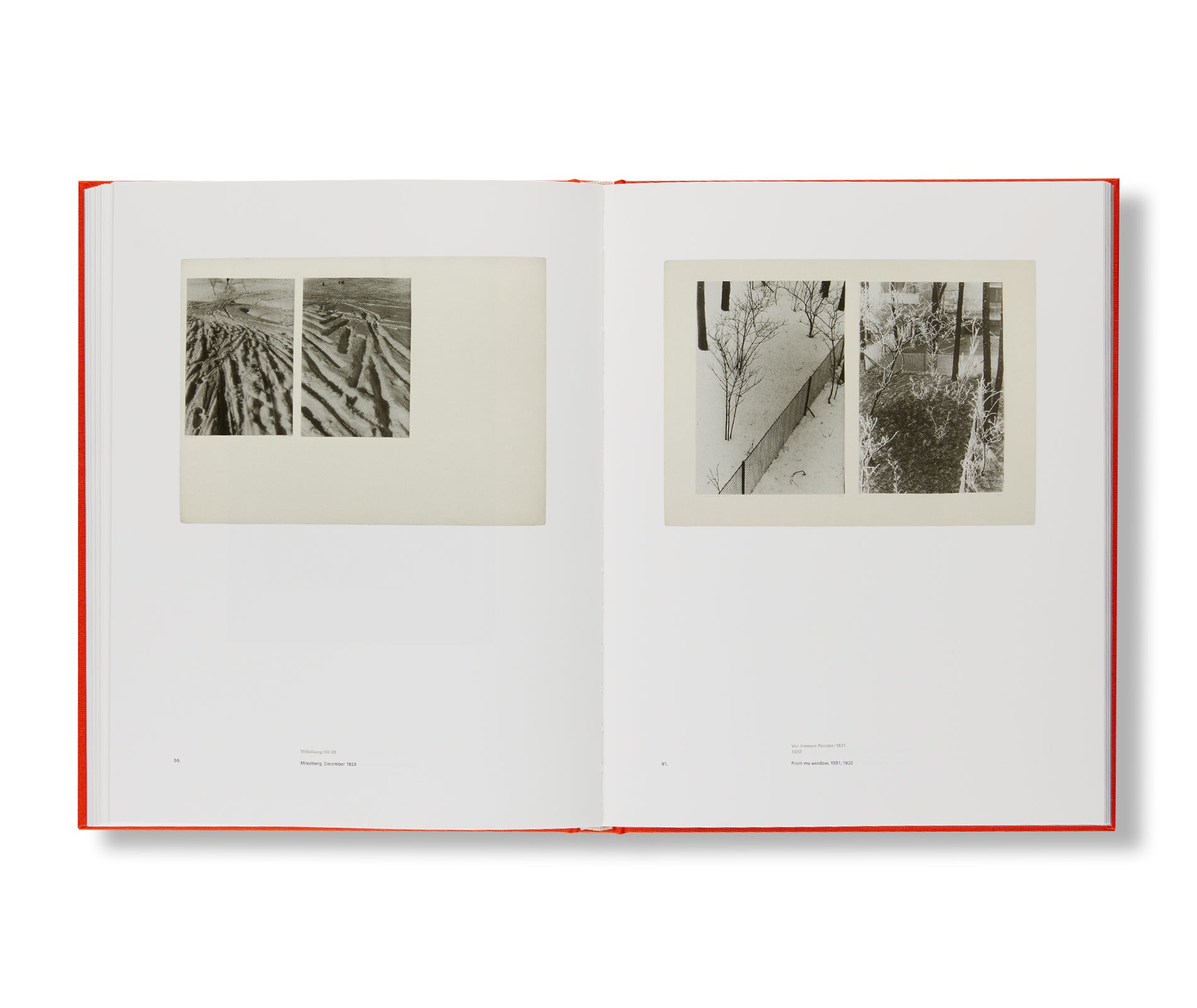
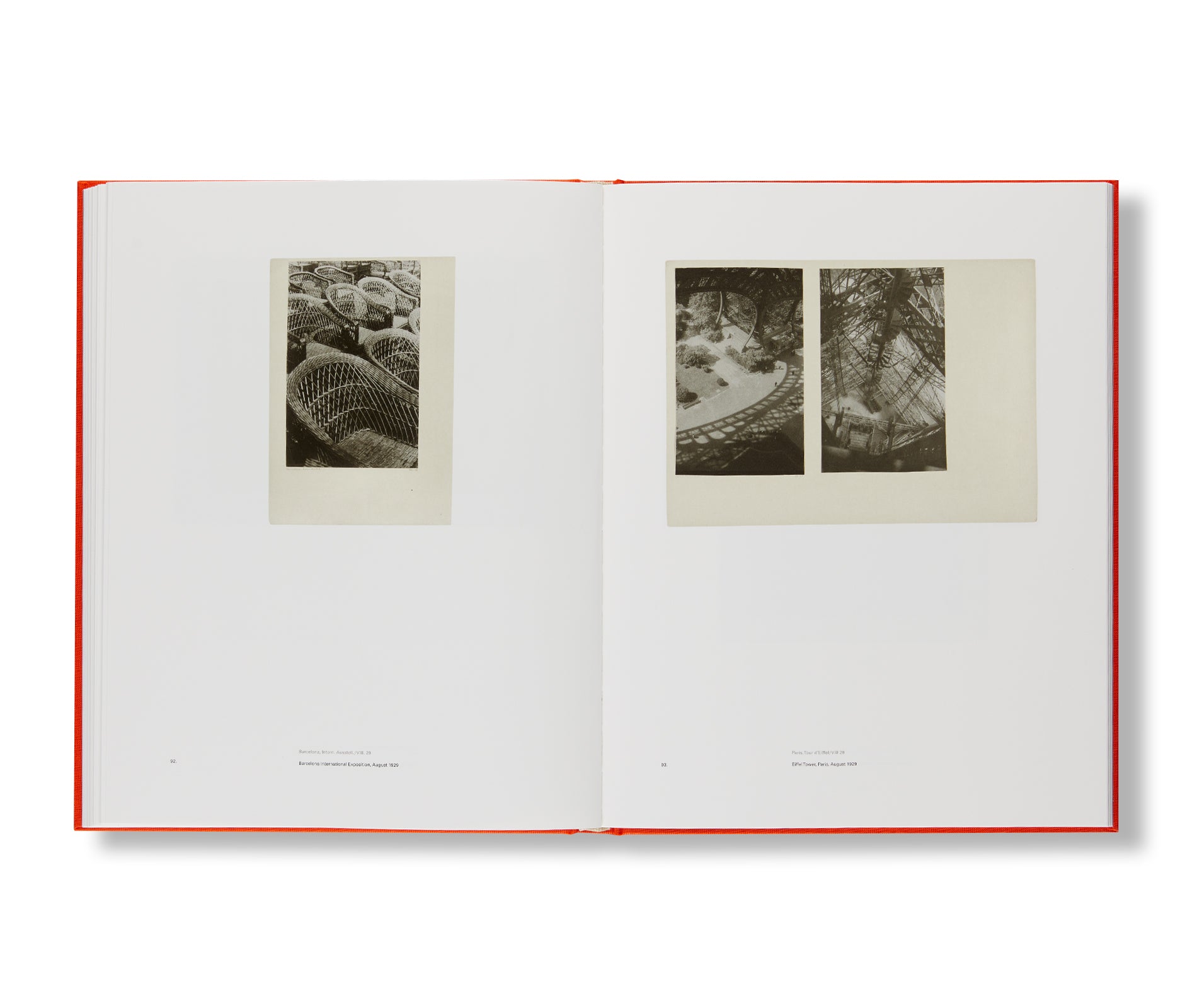
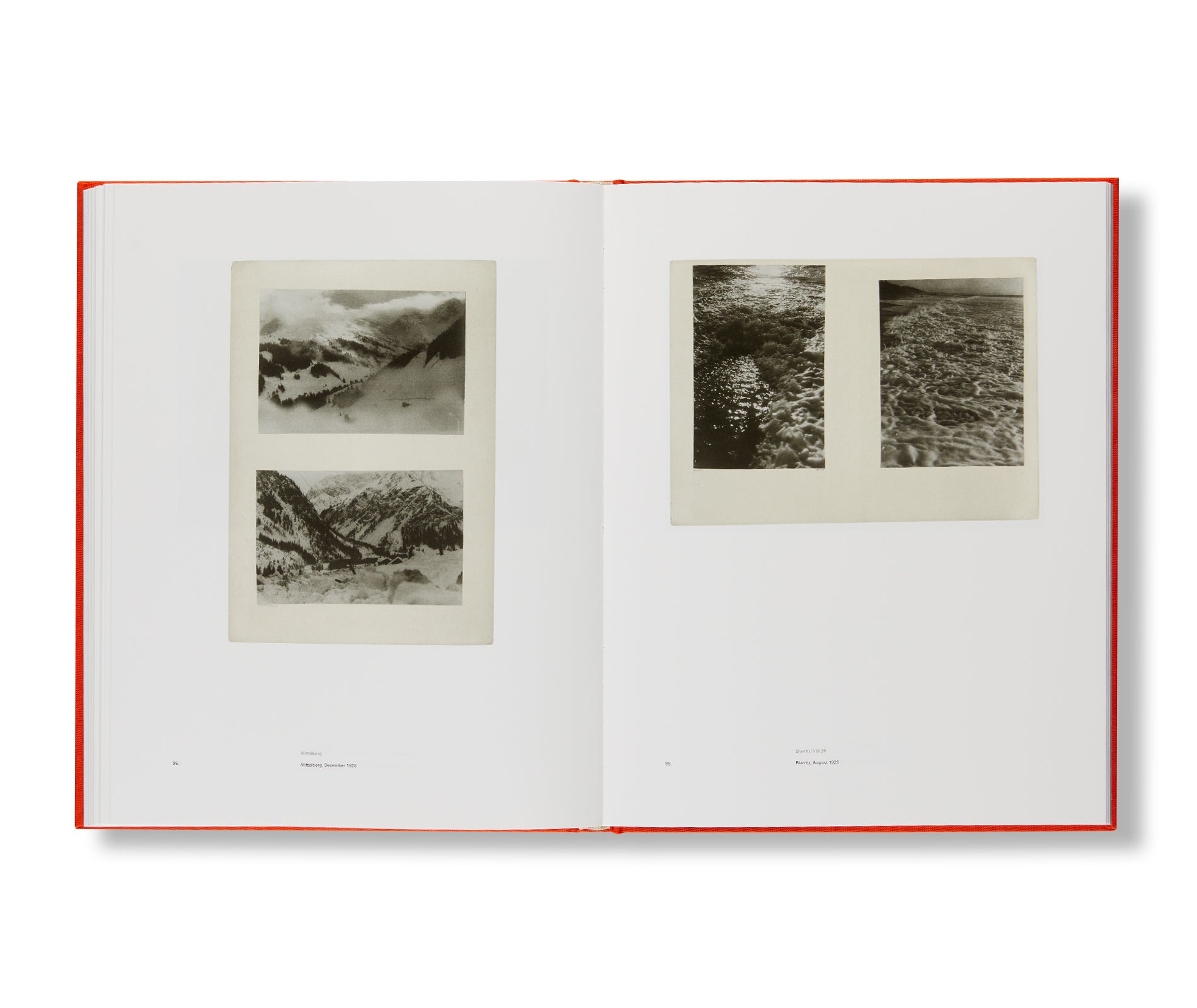
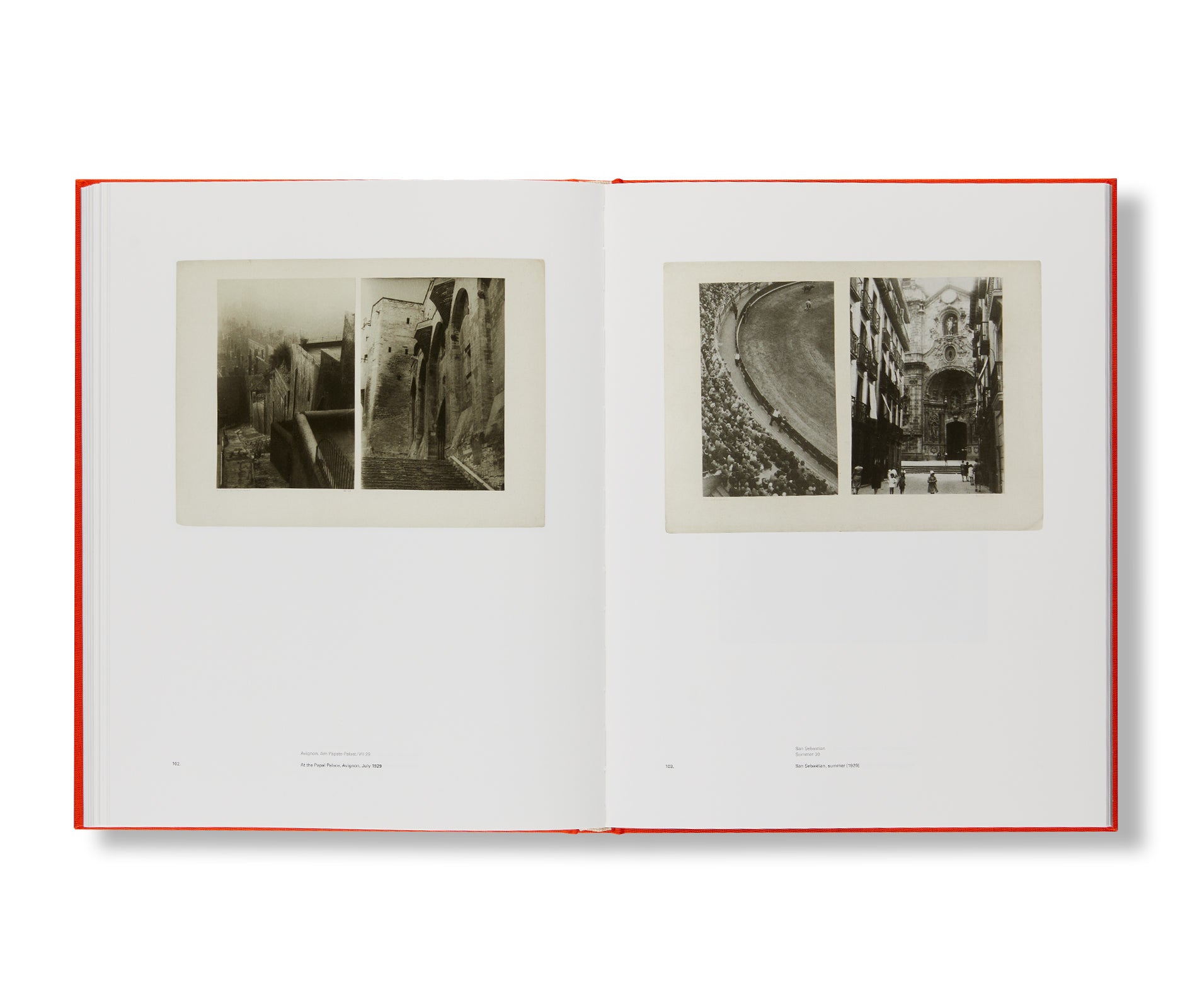
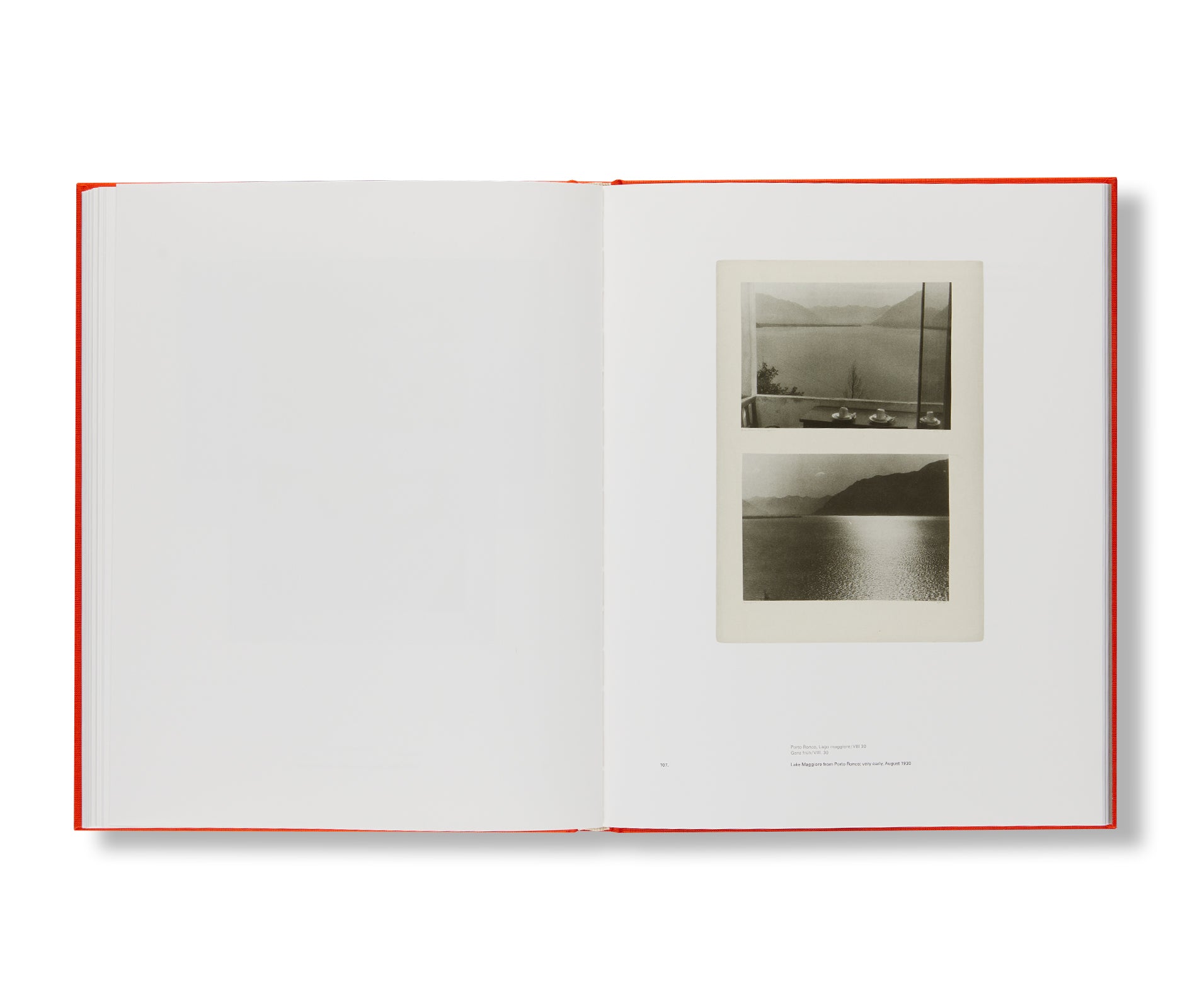

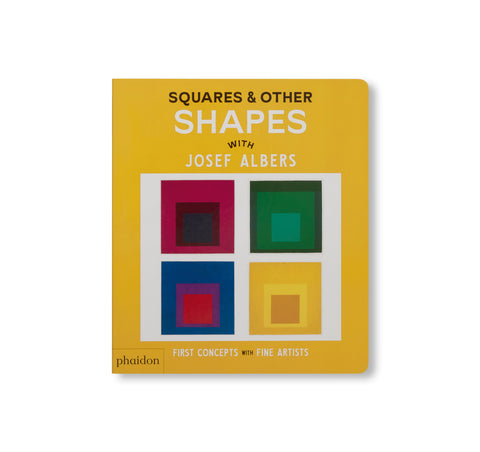
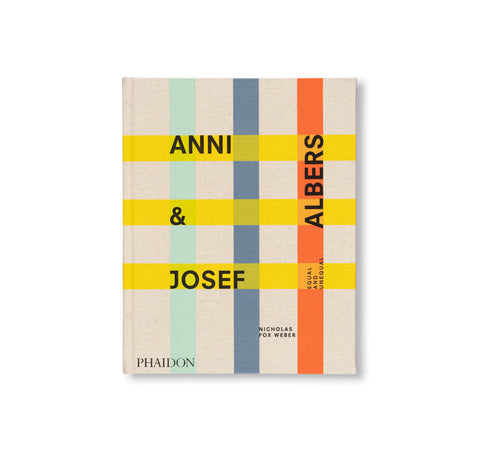
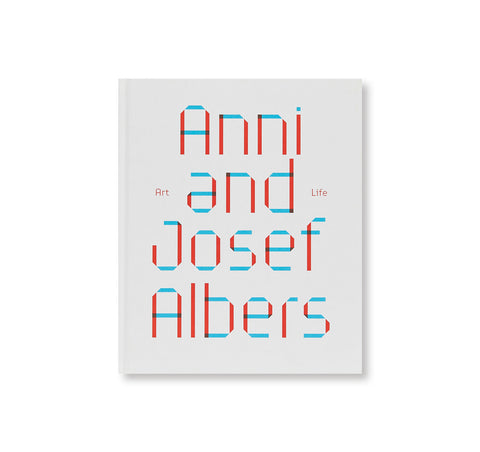
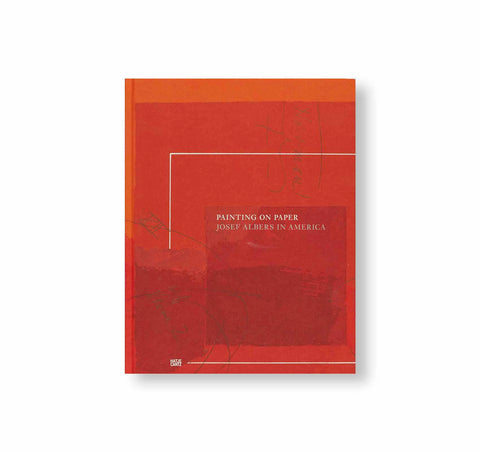
![POEMS AND DRAWINGS by Josef Albers [FOURTH EDITION]](http://twelve-books.com/cdn/shop/files/01_ea879441-962b-4e78-8be2-05f5ab9c5276_large.jpg?v=1686119569)
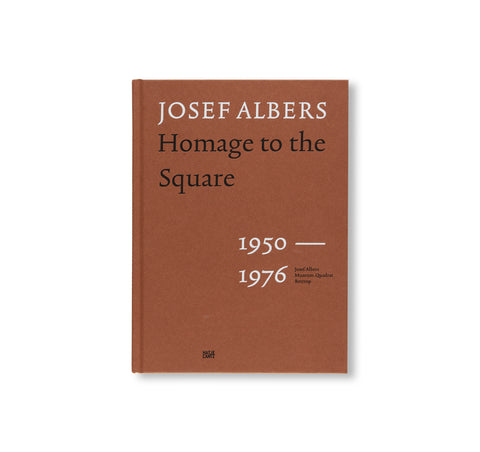
![INTERACTION OF COLOR by Josef Albers [NEW COMPLETE EDITION]](http://twelve-books.com/cdn/shop/products/29_f7cf666b-6f5b-44b0-a070-48569fac7388_large.jpg?v=1675332572)
